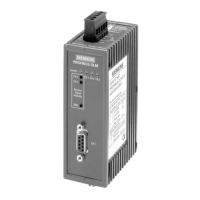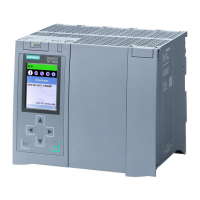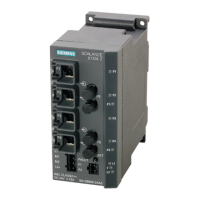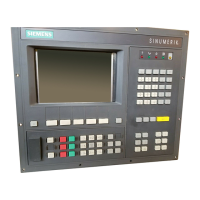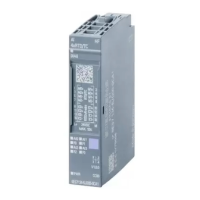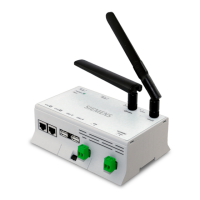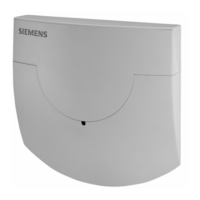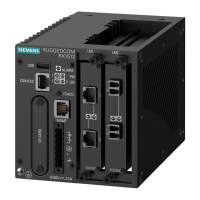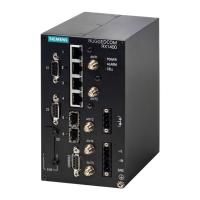Functions
5.2 CAN transparent
SIMATIC PN/CAN LINK
72 Operating Instructions, 03/2022, A5E39895388-AC
Example: Byte.Bit 3.0 ... 4.6 = 2 means: Byte 3 bit 0 = "0", byte 4 bit 7 = "1" and byte 4 bit 6 =
"0".
Table 5- 10 Structure of output data for transmit proxy modules (from S7 controller to PN/CAN LINK,
13 bytes)
Permitted values are 0 to 8. Values 9 to 15 result in the CAN message being discarded
and the "Last data faulty bit" to be set.
When the bit changes to 1, the other data are applied and a corresponding CAN
message is entered in the transmit buffer. The PN/CAN LINK acknowledges receipt of
the transmit command by setting the transmit acknowledgment bit in the data for the
S7 controller to "1".
The S7 controller can then set the transmit bit to "0" and must wait until the PN/CAN
LINK has also set the transmit acknowledge bit to "0".
Only then can a new transmit command be issued.
Note: If the control bit is "0", the CAN messages are not entered in the transmit buffer
but are discarded instead.
0 = Send normal data frame
0 = 11-bit message ID
Message ID (in Big Endian)
For 11-bit message IDs byte 3 bit 2 is the most significant bit and byte 4 bit 0 is the
least significant bit. The remaining bits are ignored.
For 29-bit message IDs byte 1 bit 4 is the most significant bit and byte 4 bit 0 the least
Data bytes
In the order in which they are going to be sent
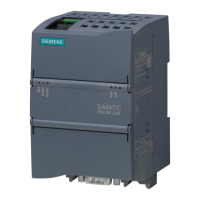
